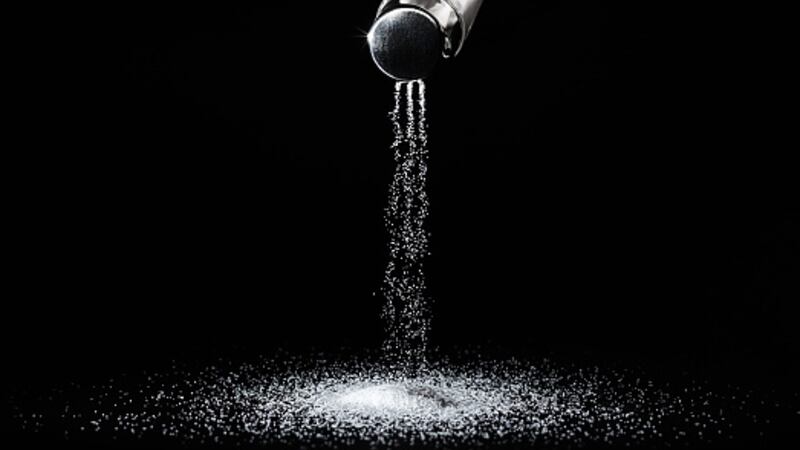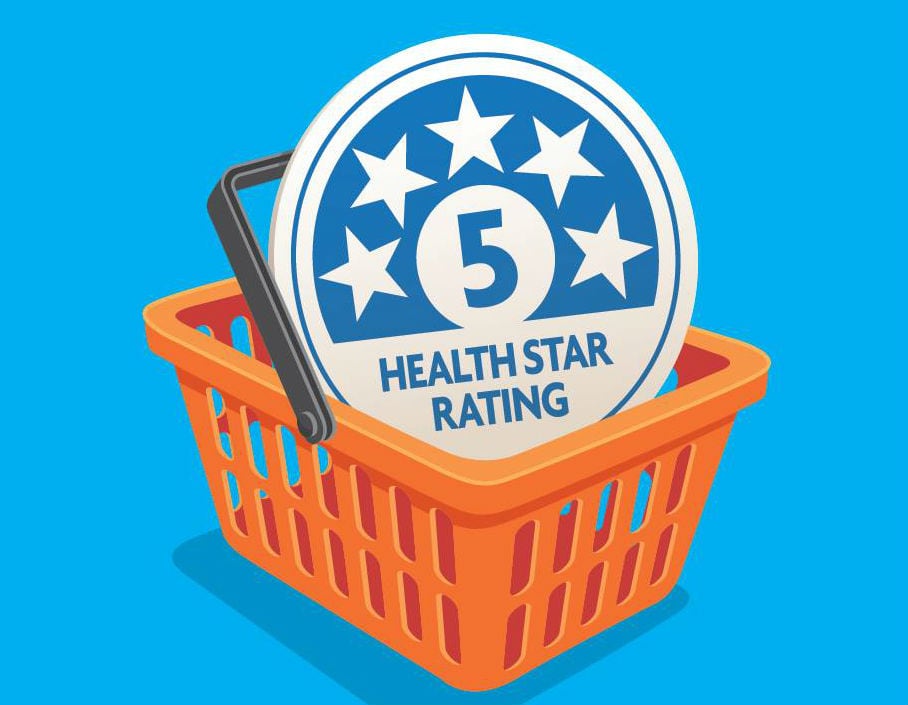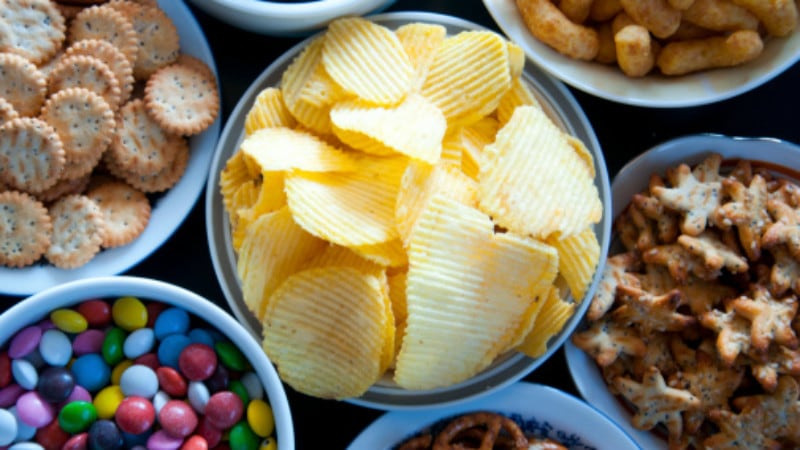The sodium reformulation targets cover for 27 different sub-categories of packaged foods, to be implemented starting July 2020 under the Australian Department of Health’s (DOH) Partnership Reformulation Programme. These targets range from the lowest target of 270mg/100g for batter/crumb-coated seafoods, to the highest at 1,270mg/100g for processed cheeses.
The DOH is targeting an 80% compliance rate by food and beverage firms to implement these targets voluntarily - but researchers at the George Institute for Global Health say that past examples have shown that voluntary targets for sodium are unlikely to make much of an impact on population health.
“This is not the first time that Australia has tried to implement such targets – back in 2011, there were also similar government targets set for sodium reformulation, and because it was not mandatory the result was that compliance varied hugely between companies, according to the food category their product fell under,” Food Policy PhD candidate Dairy Coyle told FoodNavigator-Asia.
“[Not much result came from that], and we pretty much expect that these targets will see a similar reaction where companies might reformulate some but not all foods, and not necessarily the ones that matter most.”
Coyle called for mandatory implementation of the targets at best, or at the very least for the government and public health professionals to ‘strictly monitor’ the uptake of these by F&B companies to ensure ‘strong implementation, accountability and transparency’.
“If monitoring shows that companies are not being compliant, then there should be no hesitation about making the targets mandatory,” she said.
“This would be the only way to even out the playing field across the whole food and beverage industry and see real, better public health results.”
The World Health Organisation (WHO) recommends sodium intake levels of less than 2g a day to reduce blood pressure and the risk of cardiovascular disease and stroke.
Coyle places the current average daily sodium intake in Australia to be 4g for men and 2.9g for women based on previous studies, and expressed scepticism as to whether the reformulation targets would be able to significantly reduce these numbers.
“The Partnership Reformulation Programme estimated that these targets would lead to a 9% or 212mg reduction of sodium intake per person per day based on their earlier modelling scenarios, but did not provide any data as to how this was calculated and we have no details to confirm this reduction,” she told us.
“However, I feel that even this number is being very optimistic as it is based on the assumption that 100% of the industry adopts these targets – it would be amazing if it happened, but also unlikely.
“In addition, it is important to reformulate but we need to remember that Australian sodium consumption goes beyond packaged food sources – there’s also other sources like eating out, takeaway and discretionary salt use at the table or when cooking.”
Focus on more food types and retailers
Coyle also led a study into the sodium content in food products purchased by 7,000 Australian households, which found that the top 10 companies (out of 1,327 analysed) contributed an overwhelming 58% of all sodium purchased by consumers, despite accounting for only 35% of products bought.
“The three largest [sodium] contributors were retailers, each contributing between 12% and 15% of all sodium purchased – these three retailers contributed 245mg/day per capita, 158 mg/d and 141 mg/d respectively,” said Coyle.
“This showed that retailers, especially supermarkets and their home brand products, need to be a key focus of the reformulation process – not necessarily because their products are saltier, but because Australians buy more of these foods, so their sodium reduction would have major effects.”
Although all company and retailer names were not revealed due to ethical concerns, Coles and Woolworths have over 60% of the Australian grocery market share between them according to Choice Australia, and other big local retail names include Aldi, Harris Farms and IGA.
In terms of food categories, processed meat, bread and sauces were found to be the top three food items contributing sodium to consumer purchases, at a daily average of 152mg (14%), 130mg (12%) and 125mg (11%) respectively – also due to the high frequency of Australians purchasing these items.
The study also found that four food categories making significant sodium contributions had not been included in the Partnership Reformulation Programme: Processed vegetables, milk, edible oils, and spreads and dips.
“[These foods may normally be consumed in small amounts but] are high in sodium and are consumed frequently across the population [so] reducing their sodium content could still contribute to a meaningful reduction in sodium across the population,” said the study authors.
The current 27 food sub-categories with reformulation targets fall under the broader categories of Bakery (Leavened breads, Flat breads, Sweet bakery, Pizza, Pastries etc.), Cheeses, Coated meat and seafood, Sauces, Processed meats, Snacks and Soups.
Study: Contribution of major food companies and their products to household dietary sodium purchases in Australia
Source: International Journal of Behavioral Nutrition and Physical Activity
Authors: Coyle, D. H. et. al.





